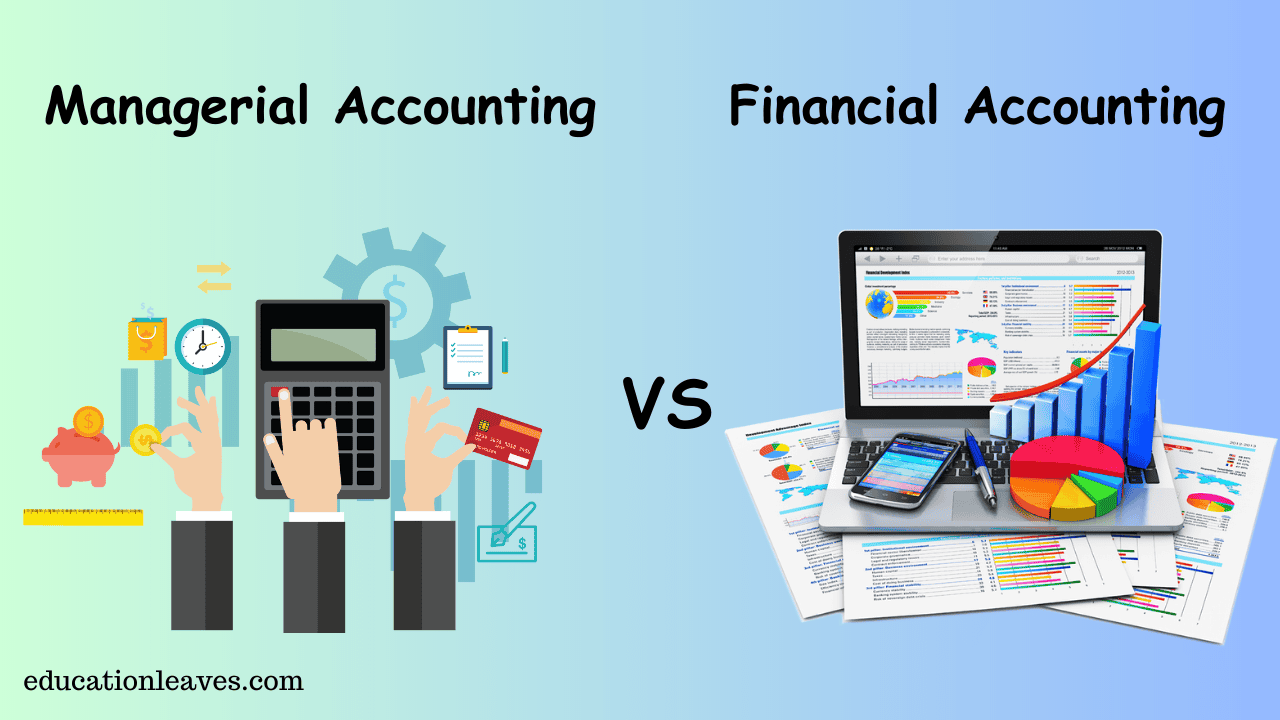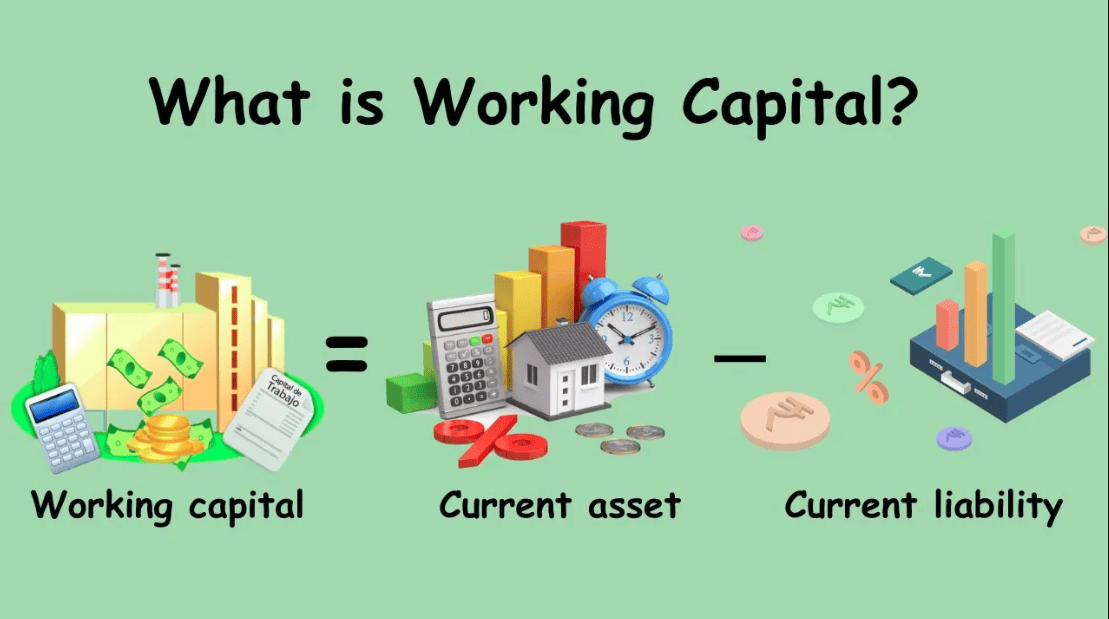What is Organization? Definition, Concept, Process, Types
The concept of an organization refers to a structured and coordinated group of individuals or entities working together to achieve common goals or objectives. It involves the division of labour, delegation of responsibilities, and establishment of hierarchies to ensure effective functioning and efficient use of resources.










